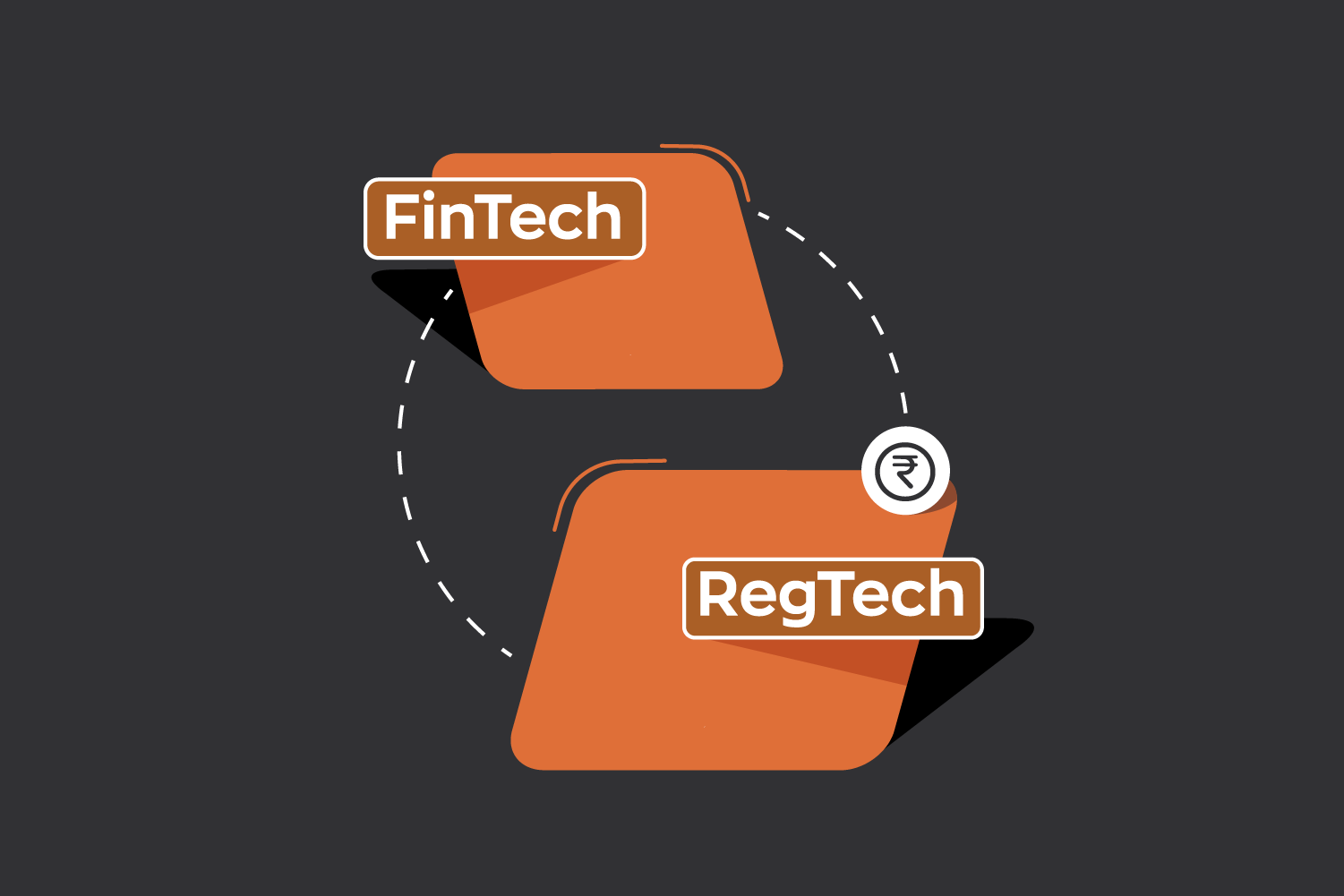The digital commerce landscape is booming, offering unprecedented customer convenience and immense business growth opportunities. However, this rapid expansion has paved the way for increasingly sophisticated fraud schemes. What once seemed like isolated incidents—phishing emails, fake profiles, or chargeback fraud—has now evolved into complex, coordinated efforts targeting merchants of all sizes.
Fraud doesn’t just chip away at profits; it erodes customer trust and damages a brand’s reputation. For merchants, staying ahead of these fraud trends isn’t just an option; it’s a necessity. This blog dives into the latest fraud techniques threatening online businesses and outlines actionable strategies to protect your platform, revenue, and customers.
The Evolution of Fraud in Digital Commerce
In the early days of e-commerce, fraud often revolved around basic tactics like stolen credit cards or fake returns. Today, it’s a different story. Fraudsters are more agile and resourceful, leveraging technological advances to bypass traditional security measures. The growing adoption of digital payments, the gig economy, and embedded finance have expanded the attack surface for bad actors.
Modern fraud trends reflect this evolution:
- Technology-driven schemes: Fraudsters now use tools like bots and AI to test stolen credentials at scale, bypass weak defenses, and execute transactions precisely.
- Human exploitation: Phishing, social engineering, and scams exploiting emotions (like urgency or fear) are at an all-time high. These tactics target both businesses and end customers.
- System vulnerabilities: As businesses adopt diverse payment methods—BNPL, wallets, or UPI—they inadvertently introduce new vulnerabilities that fraudsters quickly exploit.
For merchants, scaling their business often amplifies these risks. New markets, higher transaction volumes, and expanded payment options create more opportunities for fraud to slip through the cracks.
Understanding how fraud has evolved can help merchants better appreciate the importance of integrating modern fraud prevention tools and processes. The goal isn’t just to react to fraud—it’s to anticipate and block it before it happens.
Key Fraud Trends Every Merchant Should Watch Out For
Synthetic Identity Fraud
Fraudsters create fake identities by combining accurate and fabricated information. This type of fraud is tough to detect because the identity passes initial checks like KYC.
How to combat it:
- Use APIs for advanced identity verification that flag inconsistencies.
- Employ machine learning models that identify unusual patterns in user data.
Friendly Fraud
A growing issue is where legitimate customers dispute transactions to claim refunds. This is now common in subscription-based services or high-ticket e-commerce.
How to combat it:
- Implement clear transaction details and criteria to help distinguish legitimate disputes from fraudulent ones.
- Use chargeback management tools to handle disputes efficiently.
Account Takeover (ATO) Fraud
Fraudsters gain unauthorized access to customer accounts, often through phishing or weak passwords, and make fraudulent purchases.
How to combat it:
- Enforce two-factor authentication (2FA).
- Use behavior analysis tools to detect unusual login patterns.
Digital Arrest Scams
This scam involves fraudsters pretending to be law enforcement, coercing businesses into revealing sensitive data, or making payments under duress.
How to combat it:
- Train staff to recognize phishing attempts or high-pressure tactics.
- Avoid sharing sensitive information without thorough verification.
Fraud in BNPL Transactions
Buy Now, Pay Later (BNPL) fraud is increasing as fraudsters exploit lenient credit checks to make purchases without intending to pay.
How to combat it:
- Partner with BNPL providers that prioritize fraud prevention.
- Use APIs to screen user creditworthiness in real time.
Best Practices for Fraud Prevention
- Regular Audits: Assess your platform’s vulnerabilities regularly to identify gaps.
- Real-Time Alerts: Enable notifications for suspicious activities to take immediate action.
- Employee Training: Educate your staff about the latest fraud tactics and prevention measures.
- Customer Education: Share tips with customers to safeguard their accounts, such as creating strong passwords and avoiding phishing traps.
Looking Ahead: Staying Vigilant
The landscape of fraud is constantly changing. For merchants, staying informed and leveraging the latest tools is crucial. With solutions like Zwitch’s APIs, merchants can integrate robust fraud prevention measures seamlessly into their platforms, ensuring security for themselves and their customers.
Stay proactive, stay secure, and let technology work for you.



0 Comments